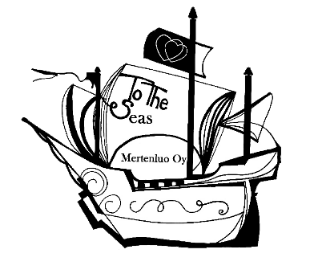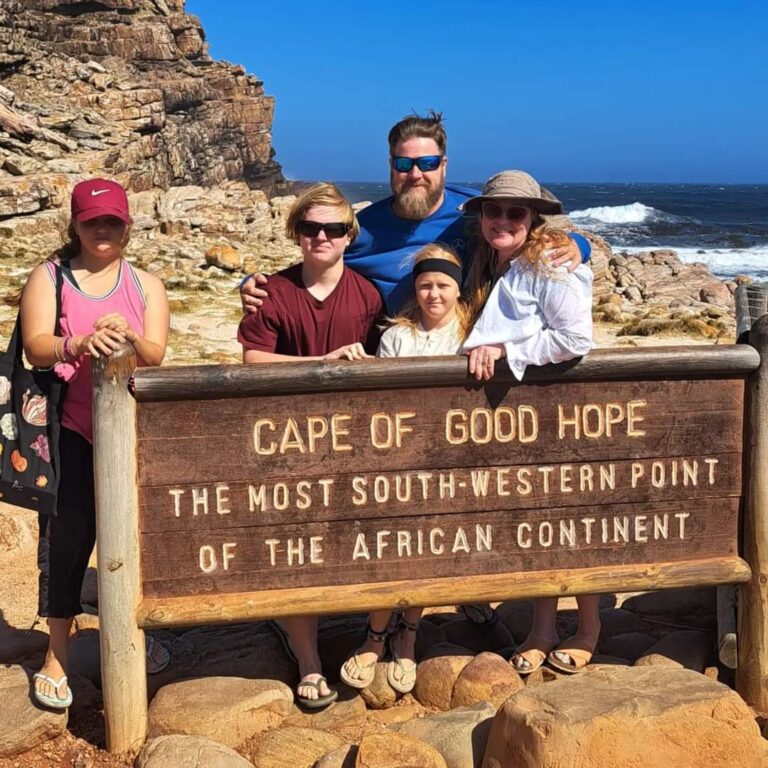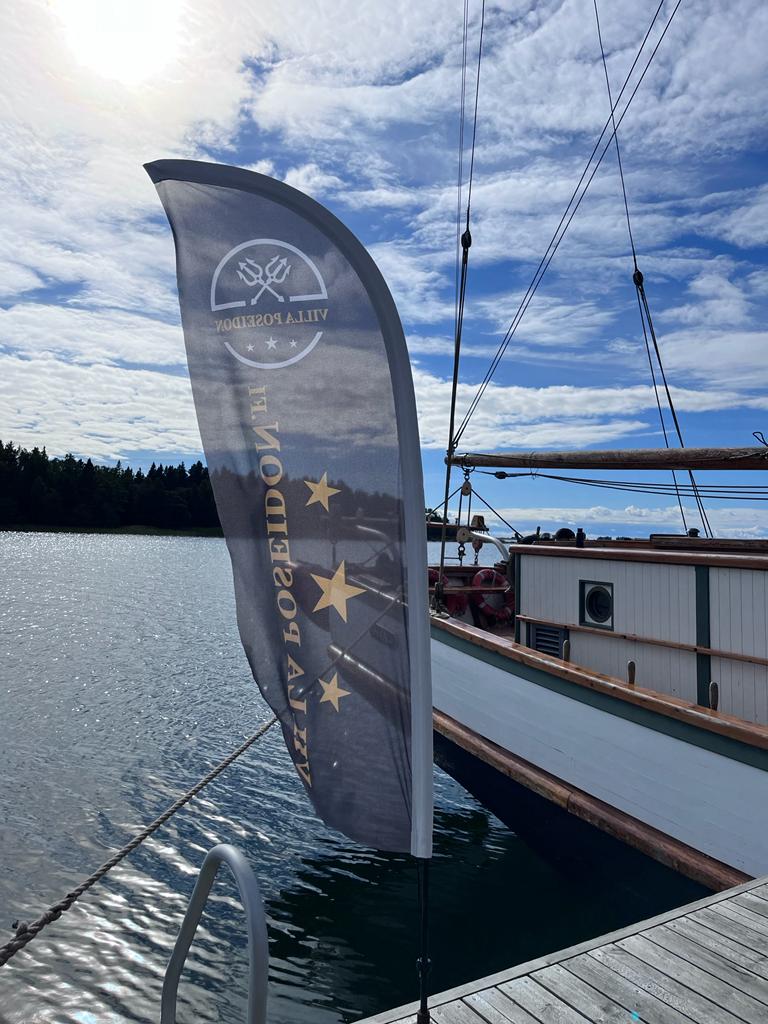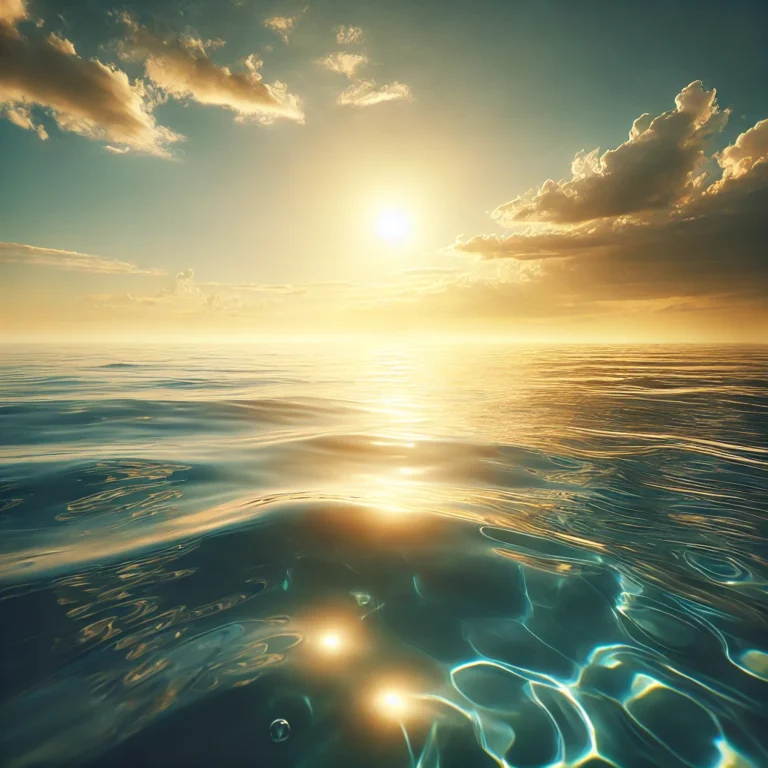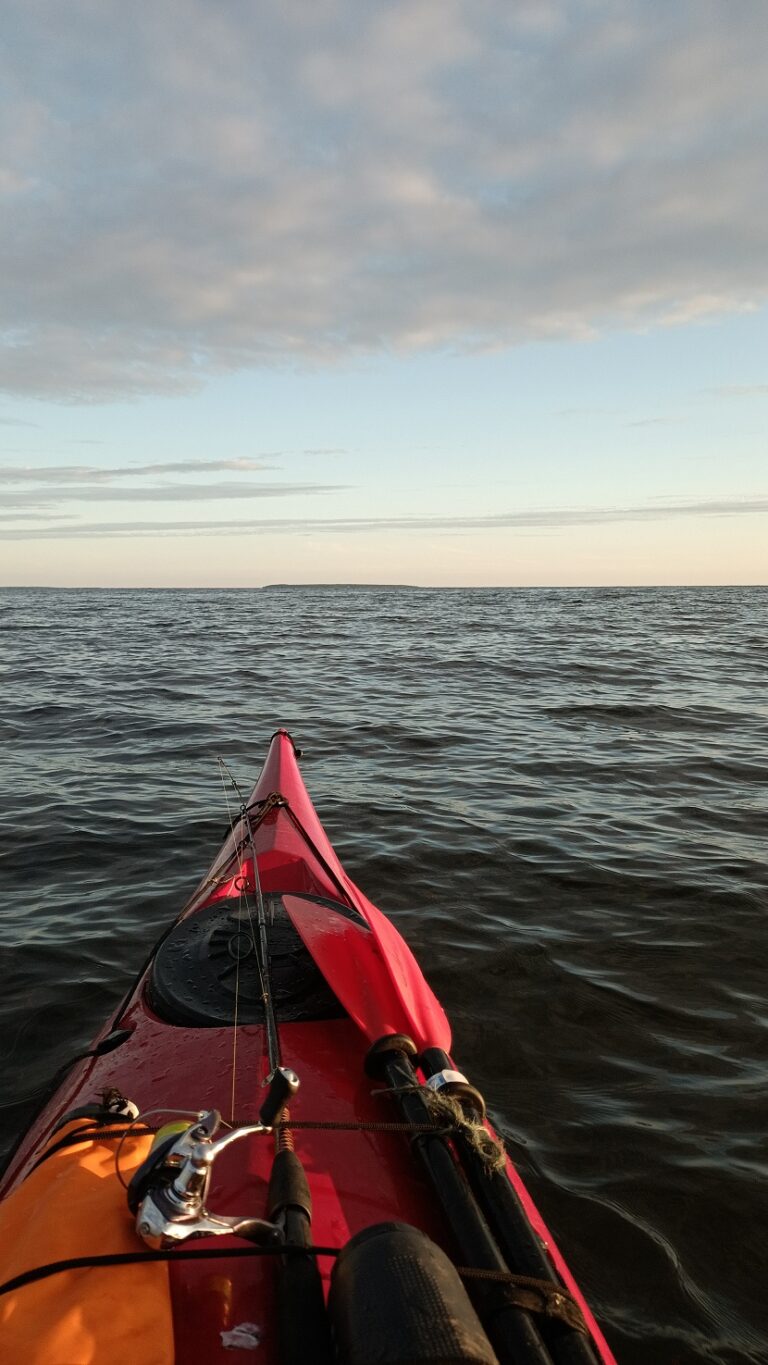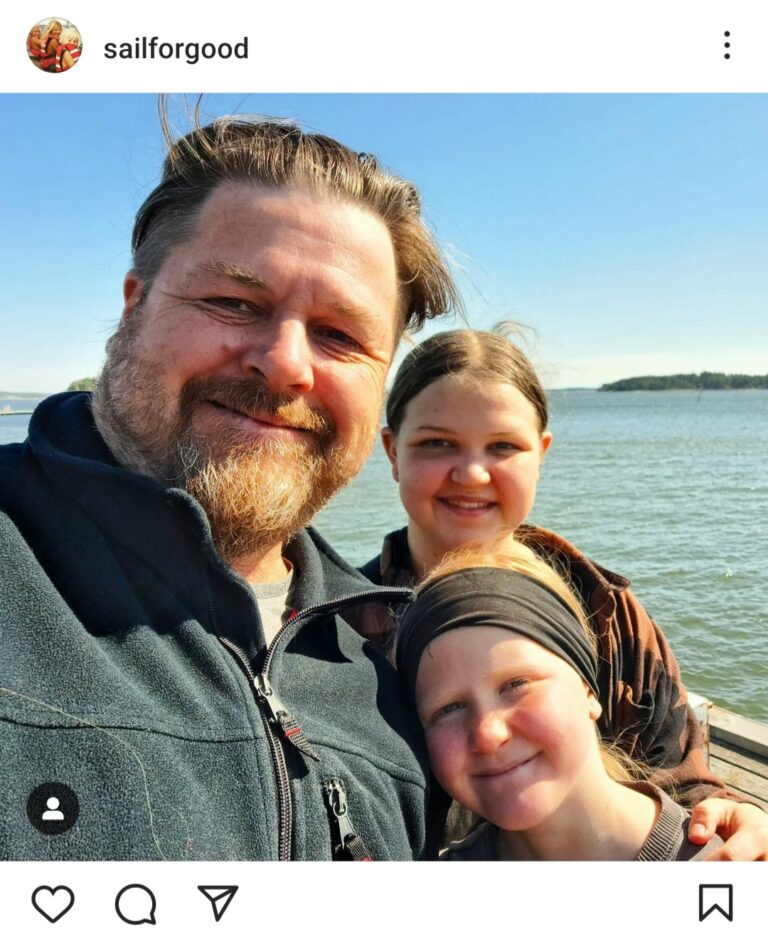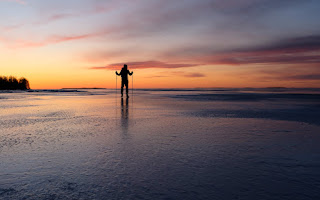Oxygen Made by Little Algae
| By Guest Blogger Anna Aqua – facts and figures of the oceans in a fun way! |
| The lungs of the earth are found in water. Everyone has probably heard of plankton – but do you know of its essense? Beneath the surface of the water lives its own fascinating world of plankton. “Plankton” is used as a common word for many kinds of tiny organisms living in the water. They usually do not swim by themselves, but float along the currents of the sea. Plankton’s name comes from the Greek word planktos, which means wandering and drifting. There are so many plankton in the water that quantity counting is almost impossible. Organisms are also so small that most are unable to be seen with bare eyes and without a microscope. However, there are exceptions. Even small plankton can get beat up together into a large green or even red mass in the water. Plankton is divided into phytoplankton and zooplankton. Both have an extremely important task for the well-being of our planet. There are many different types of phytoplankton, such as green algae, diatoms, and blue-green algae. Blue-green algae is always free floating in water. Green algae and diatoms are mostly attached to plants, rocks, or piers. The algae is a small, but immensely important, living organism and is able to produce the energy it needs, i.e. sugar. Photosynthesis is the process used by plants and algae to turn sunlight, carbon dioxide and water into sugar and oxygen. It is important for phytoplankton to stay close to water surface so that it receives enough solar energy. The connection between phytoplankton and water is of great importance to the oxygen content of the air. The algae are the true lungs of the Earth because phytoplankton produce at least half of the oxygen in the atmosphere. Algae get all the nutrition they need from water. That’s why it can continue to live even when detached from their substrate if there is enough light and nutrients in the new place of growth. The number of phytoplankton in the world’s seas and fresh waters is huge. Because of this, they are of great importance in the food chain. Many fish and other organisms live either wholly or partly on plankton. Scientists are very interested in phytoplankton because the changes in the species directly indicate the quality of the water changes. Phytoplankton needs light and nutrients to grow. Human activity causes cities industrial wastewaters and fertilizer used in agriculture to end up into the seas. This increases especially phosphorus and nitrogen levels, which are food for phytoplankton and other aquatic plants. There is often a lack of phosphorus and nitrogen in nature, limiting plant growth. When nutrients are available in abundance, the number of plants increases in abundance. This is called eutrophication. The further eutrophication progresses, the more unpleasant are the consequences. For example, eutrophication reduces water clarity and harm water quality. The growing number of algae and plankton takes oxygen from the sea, which the fish and other marine animals need. The oxygen content of eutrophic water decreases. Fish breathe oxygen in the water with their gills, and in the worst case they can die from lack of oxygen. Some phytoplankton also produce toxins. Usually these poisons are not harmful, but if there is a lot of algae, the amounts can be a problem for humans too. There are many types of blue-green algae, but some of them produce poisons during blooming. They may cause symptoms to skin and eyes, for example. If there is a lot of blue-green algae in the water, one should not swim, wash or use the water for cooking. How can we recognize a blue-green algae raft? Blue-green algae cannot be raised with a stick from the water, but it breaks down. If the algae stays on the stick, it’s something else algae like blue-green algae. Zooplankton hides at night Zooplankton consists mostly of microscopic ones about animals. Such as rotifers, water fleas and arthropods. The smallest zooplankton are only about 50 micrometers (i.e., a millimeter thousandths) in size. The largest are the jellyfish. Animals belonging to zooplankton mainly drift in currents. Some can partially move by themselves. At night, they rise to the surface to eat phytoplankton and other zooplanktons. During the day, they drift deeper to protect themselves from fish. Zooplankton is important food for many fish and other marine life for animals. The loss of zooplankton would have a devastating effect. For example, there would be a shortage of food for many fish because they cannot to use phytoplankton efficiently for food. Blue-green algae does not need a partner Every living organism is made up of cells, one or more. The cell is the building block of life. Most plankton are unicellular. This means that for example, blue-green algae do not need a partner to reproduce. Unicellular organisms use cell division to reproduce. Organism simply splits into two equal halves. If the conditions are favorable, reproduction can be very fast. Zooplankton also includes many multicellular organisms. Some increase on their own, some need a partner to reproduce. |
